Are you familiar with tantrums from a 3 year old? This blog post is for you.
DISCLOSURE This post may contain affiliate links, meaning if you decide to make a purchase via my links, I will earn a commission at no extra cost to you. As an Amazon Associate I earn from qualifying purchases. Thank you for your support.
Disclaimer: The information provided in this blog post is for educational purposes only and should not be used as a substitute for professional medical advice, diagnosis, or treatment. Always seek the guidance of your pediatrician or qualified healthcare provider with any questions you may have regarding your child’s health. If you think your child may have a medical emergency, call your doctor or emergency services immediately. Read our full Medical Disclaimer here.
If you have a 3-year-old child, chances are you’ve experienced the full force of a tantrum. These explosive outbursts seem to come out of nowhere, leaving parents feeling helpless and frustrated. The “terrible twos” warned us, but the tantrums of three take it to a whole new level. Let’s dive into why these meltdowns happen and how to weather the storm.
You might also like to check out our post on Toddler tantrum? 7 Tips for Taming the Tornado.
Tantrums 3 year old – The Reasons Behind the Rage
At age three, children undergo major cognitive and emotional development. Their blossoming independence clashes with their still limited language skills, igniting tantrums. Three-year-olds demand autonomy but lack the ability to express big feelings constructively. Frustration mounts over things like rigid routines, denial of desires, or overstimulation. Their developing logic may not align with reality, heightening turmoil.
Hunger, fatigue, and inability to transition between activities also prime the tantrum pump. Three-year-olds have finite attention spans and struggle with shifting gears. Their brains experience electrical overload that must discharge – cue the meltdown.
Additionally, children this age have not yet mastered impulse control or emotional regulation. Their understanding of social norms remains fuzzy. So while tantrums seem irrational to adults, they arise from very real stressors for little ones.

Tantrums 3 year old – 4 Tips for success
While tantrums feel inevitable, you can take steps to reduce their frequency and severity.
- First, maintain a predictable routine with clearly explained expectations. Three-year-olds crave consistency and struggle with ambiguity. Offer choices to meet their autonomy needs within your boundaries.
- Pay attention to your child’s triggers and timing. Are they more prone to tantrums when overtired or over-stimulated? Adjust schedules to minimize these drivers. Build in regular quiet and snack times.
- Use a visual schedule with pictures to help your child understand transitions between activities. Narrate shifts with a five and two-minute warning system. Validate their feelings about stopping a fun activity. Using a visual timer like the Secura 60-Minute Visual Timer is very useful for little ones.
- Model emotional intelligence by naming your own feelings amid challenges. Speak about inner experiences: “I feel frustrated that we’re running late, but I don’t want to yell. I will take three deep breaths.”

When Tantrums Strike
Despite prevention plans, tantrums will still occur – that’s developmentally appropriate. When one strikes, remain outwardly calm. Your child feels inner pandemonium; mirror peace. Move them to a safe, private space like their room or go outside to lower stimulation. Help your child deep breathe while you (if possible) hug her/him with slow rhythmic rocking side to side. Let the child be the first to leg go of the hug.
Use a gentle tone and simple language: “I see you feel very upset. It’s okay to feel mad, but I can’t let you hit.”
Resist reasoning or problem-solving initially, as that further entrences the behavior. Instead, breathe slowly and deeply while offering assurances: “I’m here when you feel calmer.” Hold them firmly but gently if thrashing to prevent injury.
Once the storm subsides, reflectively label the behaviors you observed without judgment: “You seemed very angry that we couldn’t go to the park. You yelled and hit the floor.” Then describe the acceptable feeling: “It’s okay to feel disappointed, but hitting isn’t okay.”
Finish by planning and practicing a better response: “Next time you feel that way, you can use your words or a quiet space until you feel calmer.” Praise any attempts in this direction.
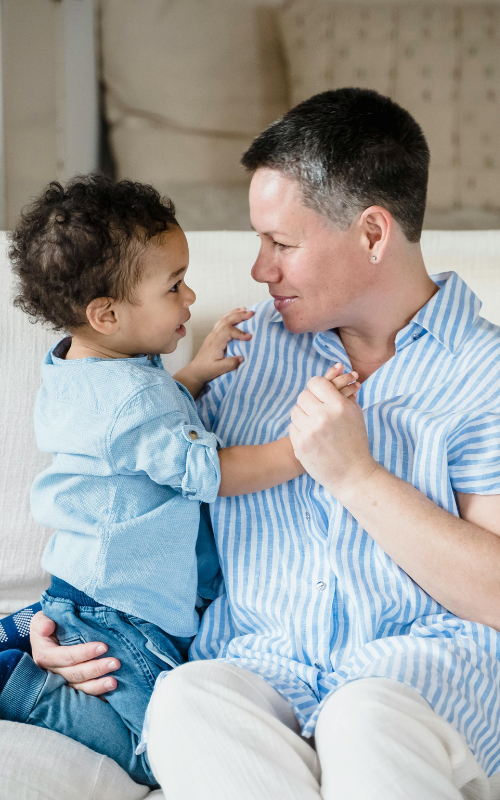
How Long Do Tantrums Last?
Peak tantrum years span ages 1-4, with a crescendo around 3 years old. While frustrating in the moment, take heart that this, too, shall pass. As language, coping and self-regulation skills develop, tantrums become less frequent and severe.
That said, meltdowns may resurge during periods of significant change, stress, or when experiencing big transitions like starting school. Remain patient and consistent in your positive approaches.

Take Care of Yourself
Frequent tantrums drain parents emotionally and physically. Build your support network with fellow parents who can empathize and share survival tips. Read books or take courses on positive discipline techniques.
Most importantly, practice self-care through exercise, nutrition, rest, and pursuing hobbies. You cannot pour from an empty cup. An unruffled parent weathers the tantrum tempest most effectively.
Though wading through this phase tests even the most patient parents, it lays critical foundations. By responding with compassion, you teach emotional literacy that will benefit your child for life. Stay focused on the light at the end of the tunnel – past every storm, a beautiful rainbow awaits.

Conclusion
This post was all about tantrums 3 year old. Tantrums, though challenging in the moment, represent an important phase of your child’s emotional growth and development of independence. By remaining calm and consistent, you provide a safe space for your 3-year-old to process big feelings they cannot yet fully express or control. The turbulent years of frequent meltdowns pass surprisingly quickly.
One day, you’ll look back and recognize how these moments taught invaluable lessons in emotional intelligence – for both your child and yourself. The frustration and fatigue give way to immense pride as you watch your little one blossom into an emotionally resilient, empathetic person capable of coping with life’s ups and downs.
Embrace the chaos and find pockets of mindfulness amid the squalls. This too shall pass, and you’ll emerge from the tantrum years with unshakable bonds and appreciation for your family’s journey.

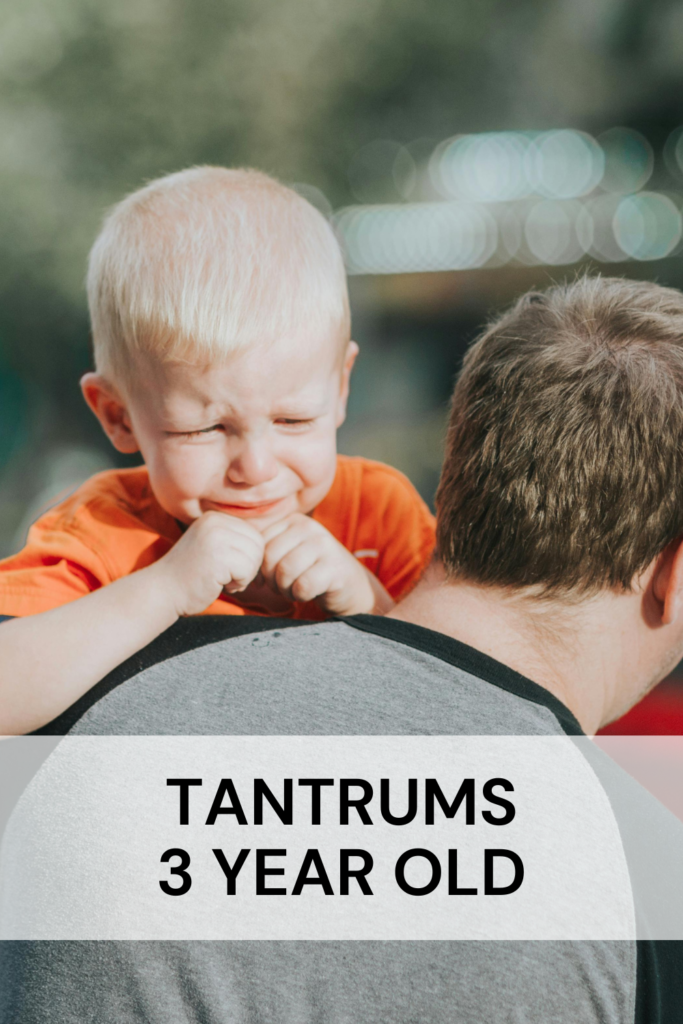
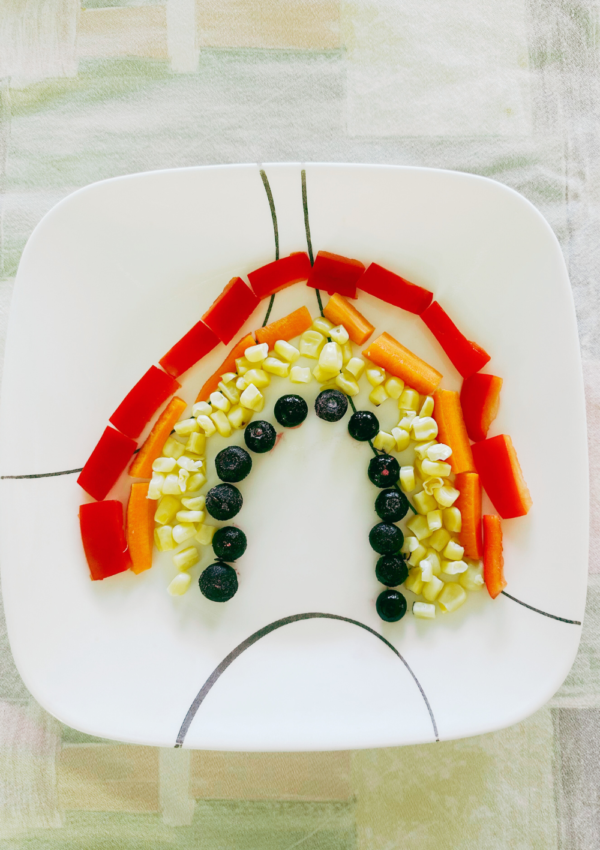
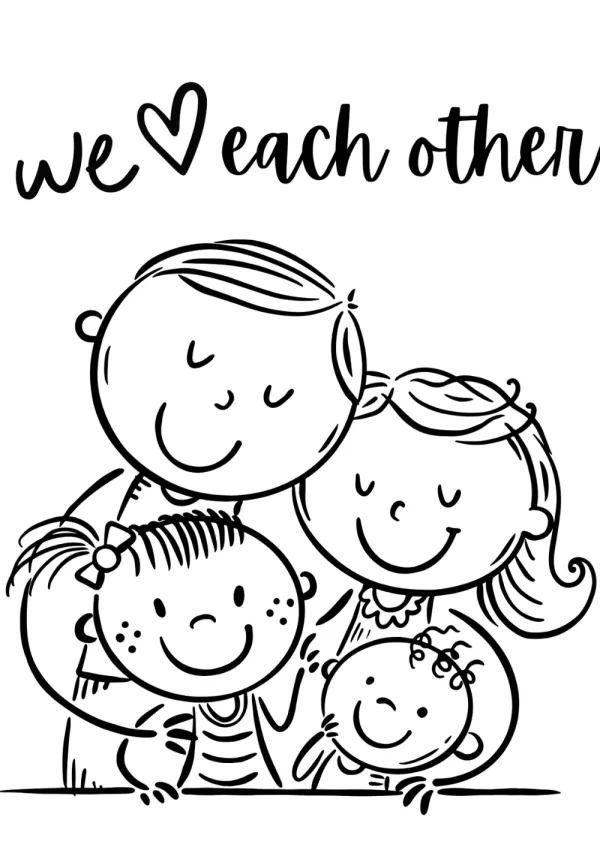

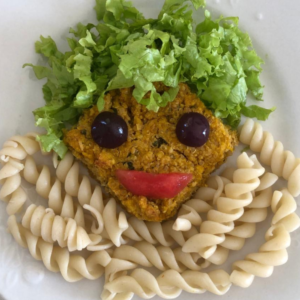

Leave a Reply